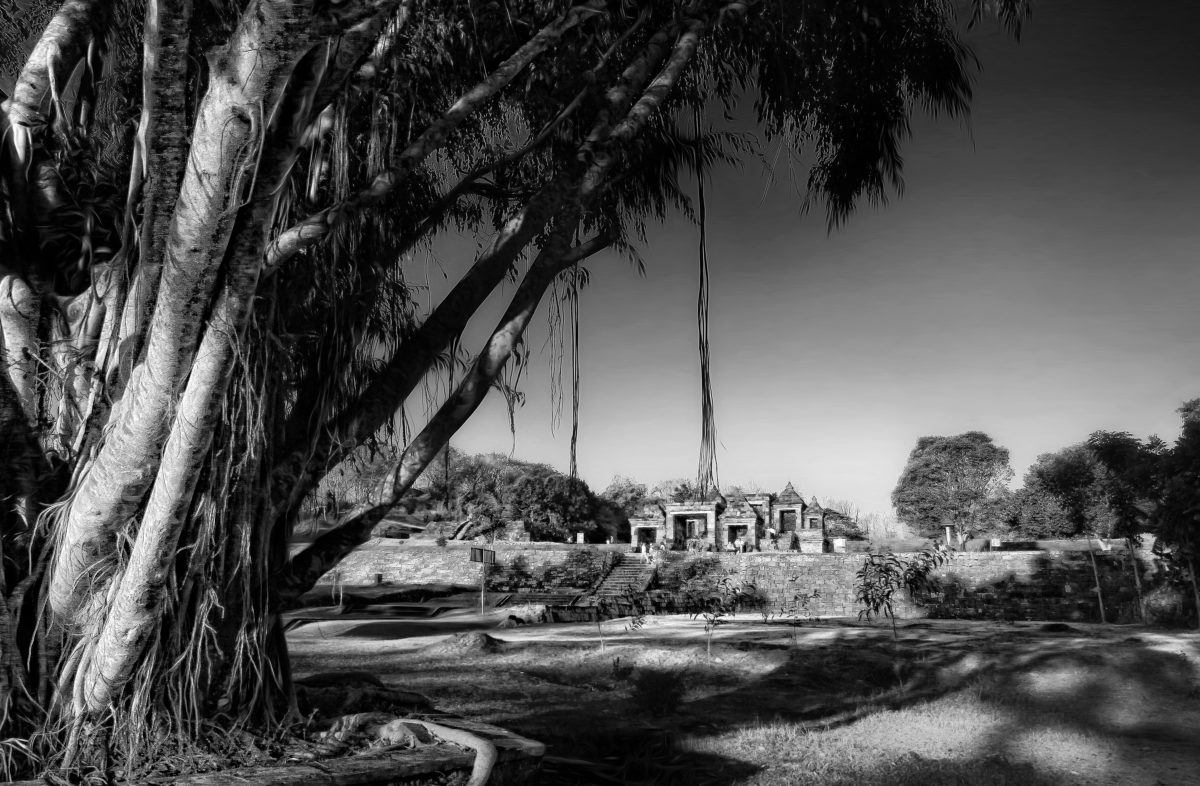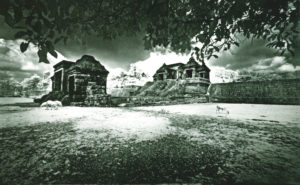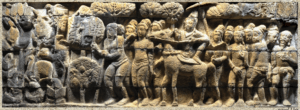Abhayagiri Inscription

To find out more about Ratu Boko’s site, further research is needed on any relics found there. The remains may be rocks, ruins and also inscriptions located on this site. One clue in trying to understand more about this site is the Abhayagiri Inscription.
Europeans who first visited the site of Ratu Boko noted the existence of inscriptions around the palace. The stone is now known as Ratu Boko I (Abhayagiri Monastery Inscription). In addition, there were two more pieces found in 1886, other small fragments found around 1915 near the entrance to the compound. This inscription records that the establishment of this monastery is dedicated to a Bodhisattva, which is probably Avalokitervara or Manjusri.

The largest fragment of the inscription was found at the north end of the monastery in 1954. The inscription reads 793 years and celebrates the establishment of a monastery in the kingdom of King Samaratungga. According to De Casparis, a Dutch Archaeologist, a key part of the inscription can be translated into, “The Abhayagiri inscription here of the Sinhalese ascetic, Trained in saying the best of Jinas, has been made.”
De Casparis also said that:
“With the fact that this establishment is the second Monastery of Abhayagiri: either more or less precisely the replica of the Monastery of Ceylonese or more likely to be a building that has enough in common with it, in spirit or both, to be worthy of the same name.”
With the discovery of this inscription, archaeologists got one more clue to read the mystery contained in the site of Ratu Boko. It is possible that the discovery of this inscription brings to the bright spot of what is the site of Ratu Boko, but it can also lead to further debate about it.
Based on this information, the theory that Ratu Boko’s site is a fortress can be debated. This site is not a sanctuary, but a place of spiritual and religious activity. With existing information from the Abhayagiri inscription, the site of Ratu Boko could have been a monastery made for the religious activities of Buddhists at that time.
#ratuboko #indonesia.travel #yogyakarta #ratubokotemple
#ratubokopalace #buddhism #hinduism #culturalheritage


